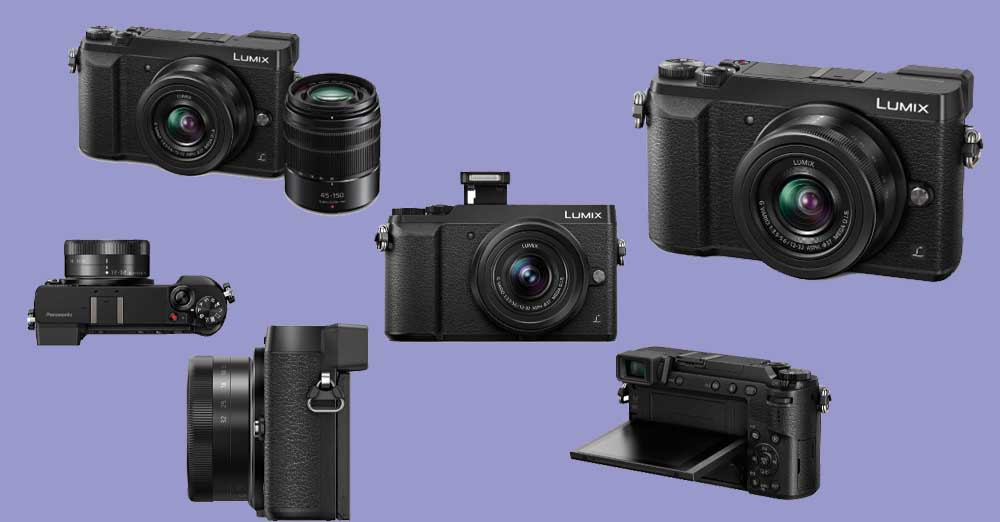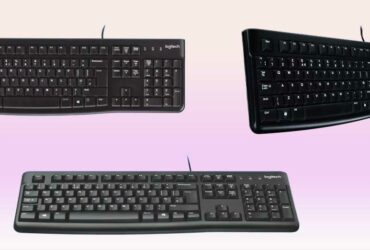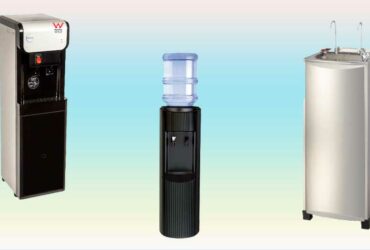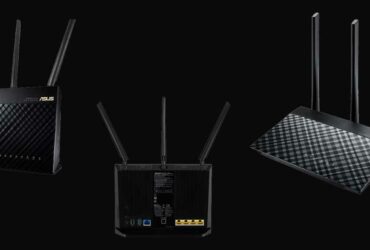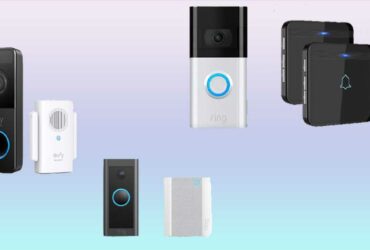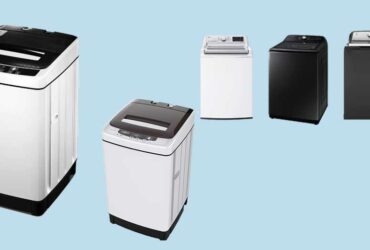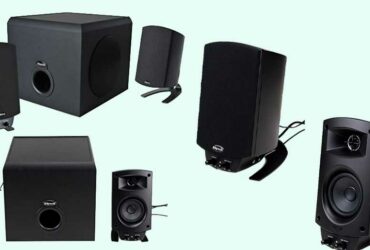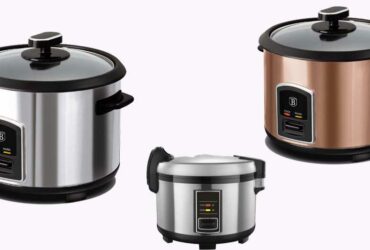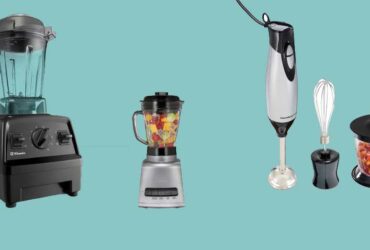A tiny Micro Four Thirds camera with in-body image stabilization and an EVF, the Panasonic LumixDMC-GX85 (sometimes referred to as the GX80 in some places) boasts a 16MP sensor. Although it has a smaller sensor than its APS-C rivals, it nonetheless delivers excellent photographs. Excellent UHD 4K. The Depth from Defocus AF system from Panasonic is used. It boasts swiftness and content monitoring.
We use colorful technology here to create a distracting “color tearing” impression, as much as we enjoy electronic viewfinders. Moreover, it has an unfavorable 16:9 aspect ratio for shooting. For its class, battery life is adequate but below average.
A mid-range interchangeable lens camera featuring a 16MP Four Thirds Sensor and 4K Video capability is the Panasonic Lumix DMC-GX85. The GX85 is marketed as the GX80 outside of North America. sold in Japan as the GX7 Mark II.
The GX8 is a low-end camera that is targeted towards serious photographers and videographers. It continues to employ the 16MP sensor used in other Micro Four Thirds cameras rather than the new 20MP Four Thirds chip featured in the GX8. The GX8’s tilting EVF is its only feature; neither weatherproofing nor a built-in microphone are included.
Key Specifications: -16MP 43 MOS sensor; electromagnetic rotating shutter; defocus AF depth; 2.76M-dot field sequential EVF; 1.04M-dot tilting touchscreen display; 4K video/photo recording;
-Bouncable -dual-IS with 5-axis picture stabilization Flashing pop-up – WiFi
The GX85 nevertheless shares many capabilities with its bigger sibling, including a 4K photo mode and functions like Post Focus, Defocus AF to Depth, and Dual IS. Moreover, it includes a new shutter system. We experienced shutter-induced blur (sometimes known as “shutter shock”) with the GX8. Its shutter mechanism was a motor and spring set-up. This issue is resolved by the new electromagnetic shutter in the GX85.

The anti-aliasing filter for Panasonic cameras is absent from the GX85. This could result in Moiré but should preserve detail at the pixel level. According to Panasonic, the new Venus Engine image processor has been expertly created to fight moiré and false colors, and it has proven to be incredibly user-friendly.
The GX85 has dual-IS, just like the GX8 does. Along with lens-based IS, image stabilization on the sensor is used. The GX85 offers a 5-axis sensor IS with rotation correction, in contrast to the GX8, which has a 4-axis sensor IS. The GX85 can utilise Dual IS during 4K video capture, giving it an additional benefit over its big brother.
